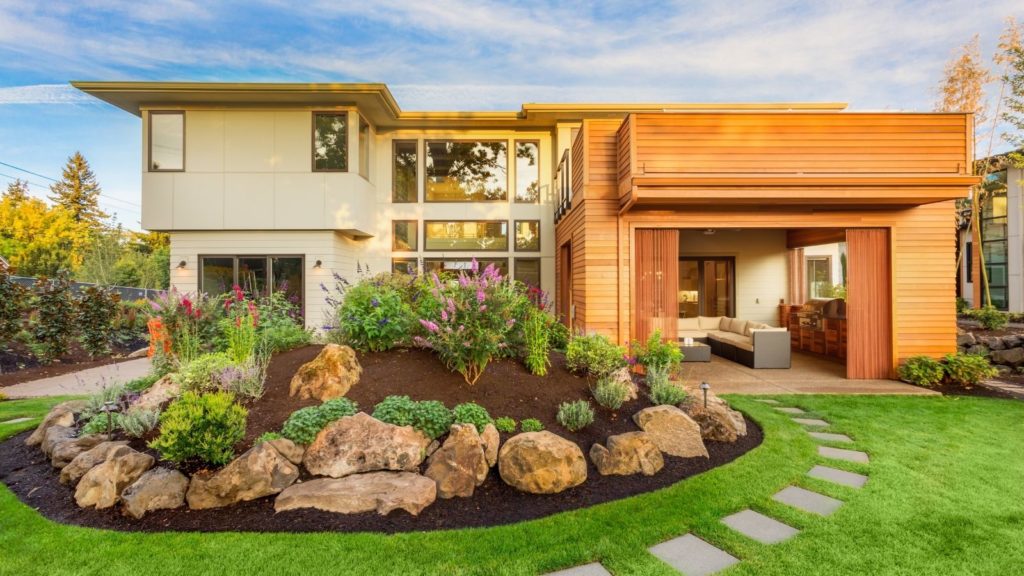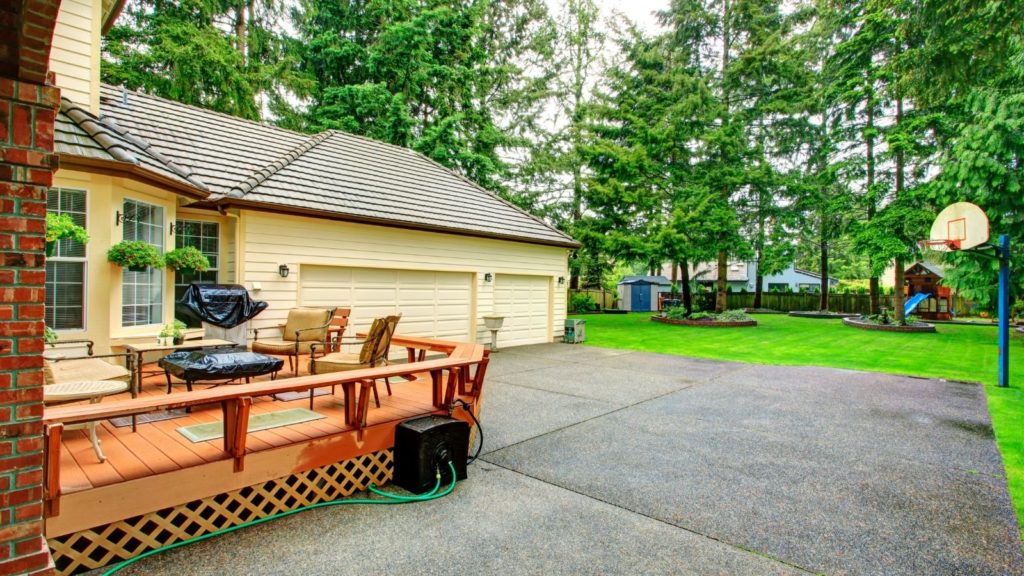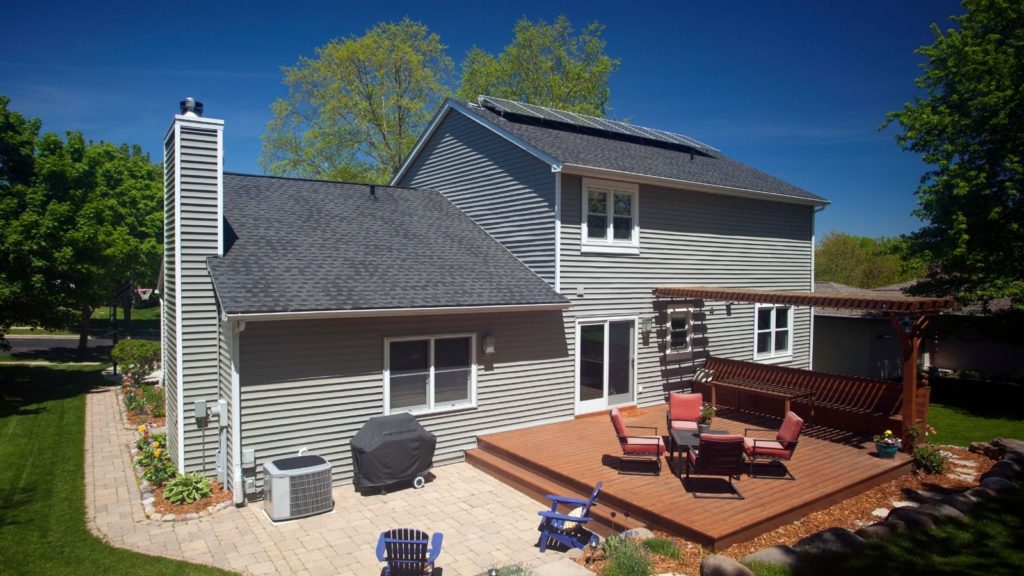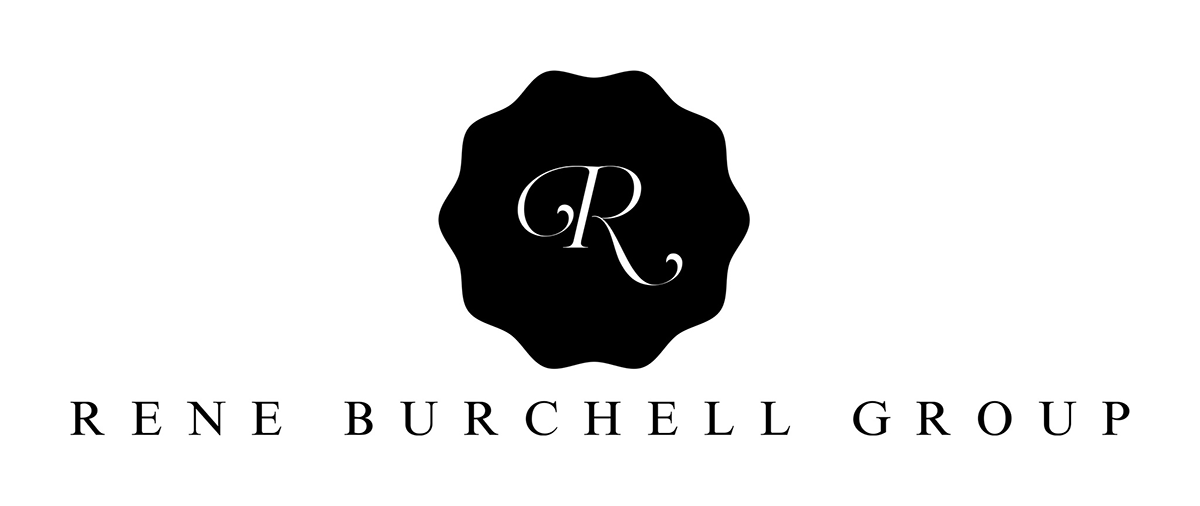There’s a lot of work involved in buying a home. You have to carefully research properties and neighborhoods. Buyers are usually compiling lists of amenities that they’d like to have in the house that they buy while simultaneously packing things at their current location.
Some prospective buyers wonder what components of a particular house that they’re looking at will remain with the home after the sale. This can vary from house to house. Some things that remain make sense, while other items that are taken by sellers can be bewildering. Every situation is different.
Buying a home in Texas isn’t always easy. You have to pay attention to market trends and current economic conditions. There will be different people that become involved at various stages of the process, and you could encounter roadblocks such as delays and unexpected problems. You should still be able to accomplish your goal of owning the house you want in most instances. Determination, persistence and a proactive plan of action can help you succeed.
Here are some of the most common items that stay in a home after the sale has been finalized:
1. Window treatments.
Most window treatments are usually left behind by the home seller. Curtain rods and blinds often remain in the home, although curtains, window shades, and custom-designed window products are usually taken with the seller to their new house. You can discuss this matter further with the home seller so that both parties understand what will stay and what won’t.

2. Lighting fixtures.
Many lighting fixtures are also kept in the house after the sale. The seller could remove those items before the transaction has been completed, but it’s often easier to leave them as is. That way, there won’t be any loose wires or other potential hazards for the buyer to encounter when they move in.
It’s a good idea to stipulate whether or not specific lighting fixtures will remain in the home in the purchase agreement. The buyer is purchasing the home which usually includes many items that were in the house when they toured the property. Intentionally excluding or omitting these or other tangible things can lead to stress and legal complications later on.
3. Landscaping, trees and most plants.
Landscaping can’t be removed unless specifically stated otherwise in the purchase agreement. It’s probably best in most cases to leave all landscaping as it is, especially if you have trees or other plants that have been on the property for several years or even decades. Potted plants and small plants may be taken in most instances by the seller when they move.

4. Fixtures.
Most fixtures will also stay with the home. Fixtures are items that can’t be moved. Common examples of fixtures include storage or utility sheds, fire pits and furniture or appliances that have been attached to the walls or floors. Items that are bolted, mounted or nailed down are usually considered to be fixtures.
Certain items such as wall mounts for television sets and air conditioners may or may not be fixtures in a home. If the television was taken by the seller, then the wall mount is probably not a fixture. These items may need to be defined in concrete language in the sale contract to avoid any discrepancies or confusion.
5. Any other items that are attached to the ground.
Outdoor swing sets or slides, basketball hoops and other associated items are typically left as is when a home has been sold. It’s very rare that a seller would want those things. The exceptions are usually if they plan on installing them at their new location or if some of those possessions have sentimental meaning to them.

Many of these items fall into the same logic used above for fixtures. Anything connected to the ground that can’t be easily removed should probably stay there. It may take considerable time, effort, and money to move those things which probably aren’t crucial in most purchase agreements, anyway.
6. Built-in items.
Kitchen shelves and center islands, shelves and cabinets are common examples of built-in items that are traditionally kept in the house after its sale has been completed. Some of these items can be rather difficult to take apart or move. The seller may want to take some of these belongings with them, but it may take more time or effort than expected. If this is the case, the seller may be willing to reduce their asking price or offer other concessions as a tradeoff.
Pay attention to items that are inside the home and on the property when you attend an open house showing. You may want to make a list of the things that you noticed on your visit. That way, you can ask about particular items that you may want to have when working on the purchase agreement with the home seller.
If you’re concerned about particular things that you want in the home, be sure to discuss them with the seller as soon as possible. Work out any arrangements in writing. Spelling things out in the purchase agreement can simplify the process and make for a smoother transition.
Conclusion
A lot of these points are just common sense, but you’d be amazed by what some sellers and buyers have fought over in the past. Keeping a level head and having realistic expectations can defuse any arguments or tensions. Remember that these are the seller’s possessions and they can legally keep or leave behind whatever items that they want.

Once that’s been taken care of, you can relax and look forward to owning the kind of home that you’ve always wanted. It won’t be long until the final paperwork has been signed and filed, the seller has been paid and you are handed the keys to your new house. You can start the next phase of your life and start making amazing memories with valued family members and friends in a great place that you’ll be honored to call home.
Have Questions? Ask Rene!




